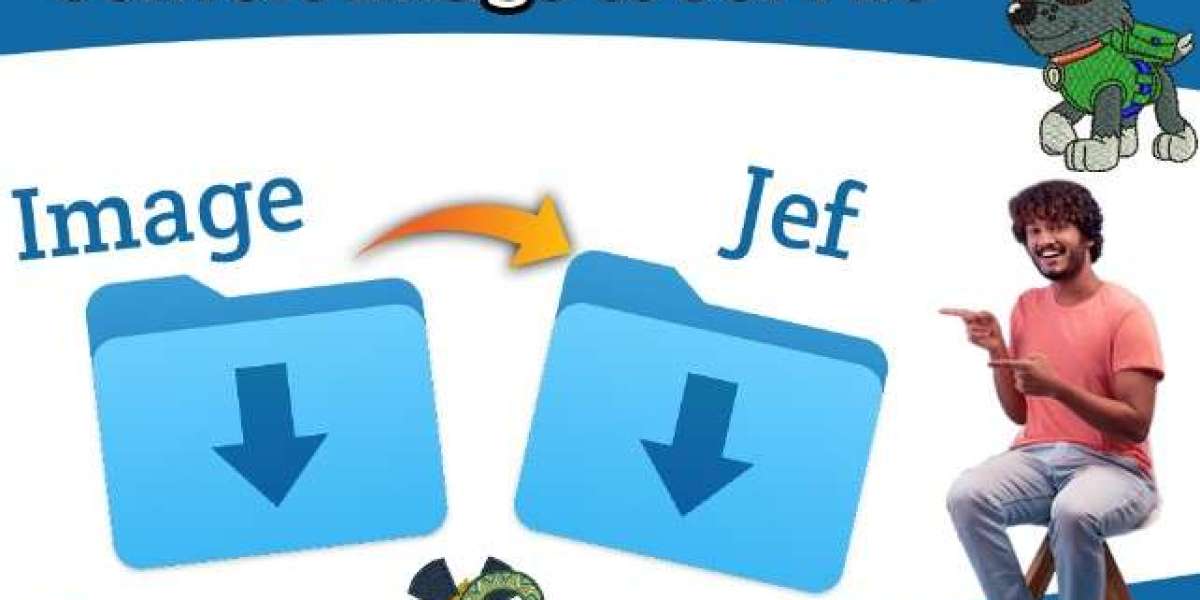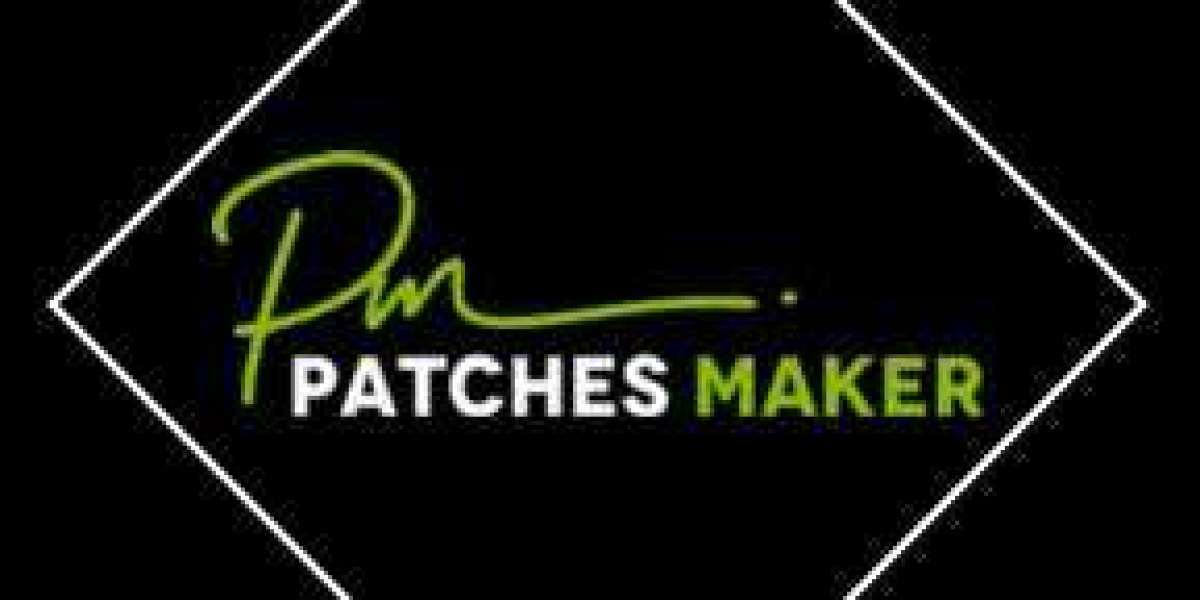Embroidery enthusiasts and professionals often need to convert images into JEF files to use with Janome embroidery machines. This process, though intricate, can be mastered with the right tools and knowledge. Our detailed guide will walk you through the steps and considerations to ensure your image is perfectly transformed into a JEF file, ready for embroidery.
Understanding JEF Files
JEF (Janome Embroidery Format) files are the proprietary format used by Janome embroidery machines. These files contain instructions for the machine, including stitch types, colors, and sequencing. Convert Image to JEF File involves digitizing the image, a process that translates visual elements into machine-readable embroidery instructions.
Choosing the Right Image
The success of your conversion heavily relies on the quality and suitability of the image you choose. Here are some tips for selecting the right image:
- High Resolution: Ensure the image is of high resolution to capture fine details.
- Simplicity: Simple designs with clear lines and limited colors are easier to digitize.
- Contrast: High contrast between different parts of the image helps in defining stitch areas.
Tools Required for Conversion
To convert an image to a JEF file, you'll need specialized software. Here are some popular options:
- Janome Digitizer: Official software from Janome, designed specifically for their machines.
- Embird: A versatile embroidery software compatible with various formats, including JEF.
- SewArt: An affordable option that offers basic digitizing features suitable for beginners.
Step-by-Step Guide to Convert Image to JEF File
Step 1: Prepare Your Image
Before importing the image into your software, you may need to edit it for optimal results. Use an image editing tool like Adobe Photoshop or GIMP to:
- Resize: Adjust the image size to fit within your embroidery hoop.
- Clean Up: Remove any unnecessary background or noise.
- Simplify: Simplify complex designs to make the digitizing process easier.
Step 2: Import the Image into the Software
Open your chosen embroidery software and import the edited image. Most software options provide an easy drag-and-drop feature for this.
Step 3: Auto-Digitizing
Many embroidery software programs offer an auto-digitizing feature that automatically converts the image to a stitch file. While this is a quick option, it often requires manual adjustments for precision.
- Select Auto-Digitize: Use the auto-digitize function to create a basic stitch layout.
- Review Stitches: Carefully review the automatically generated stitches for accuracy and completeness.
Step 4: Manual Digitizing
For more control and higher quality, manual digitizing is recommended. This involves defining each stitch area and choosing the appropriate stitch types.
- Outline the Design: Use the software's drawing tools to outline each section of your design.
- Assign Stitches: Assign stitch types such as satin, fill, or running stitches to different parts of the design.
- Set Colors: Choose thread colors that match your image. Most software allows you to select from a library of thread brands and colors.
Step 5: Fine-Tuning the Design
Once the basic digitizing is complete, refine the design to ensure it will stitch out smoothly.
- Adjust Density: Modify stitch density to prevent puckering and ensure coverage.
- Add Underlay: Add underlay stitches to stabilize the fabric and improve the final appearance.
- Optimize Pathing: Optimize the stitch path to minimize thread jumps and trims.
Step 6: Preview and Simulate
Before saving the JEF file, use the software's preview feature to simulate the stitching process. This helps in identifying any errors or areas that need adjustment.
- Run Simulation: Watch the virtual stitch-out to catch any issues.
- Make Corrections: Adjust any problematic areas as needed.
Step 7: Save as JEF File
Once you are satisfied with the design, save it as a JEF file.
- Save/Export: Use the save or export function in your software and select the JEF format.
- Transfer to Machine: Transfer the JEF file to your embroidery machine using a USB drive or direct connection.
Tips for Successful Embroidery
To ensure your design stitches out perfectly, follow these tips:
- Stabilize the Fabric: Use the appropriate stabilizer for your fabric type.
- Test Stitch: Always do a test stitch on a similar fabric to make any final adjustments.
- Thread Tension: Check and adjust the thread tension on your machine for optimal results.
Common Issues and Troubleshooting
Even with careful preparation, you might encounter issues during the embroidery process. Here are some common problems and solutions:
- Skipped Stitches: Check needle size and type, and ensure the fabric is properly hooped.
- Puckering: Adjust the stabilizer and check thread tension.
- Misalignment: Ensure the fabric is hooped tightly and the machine is calibrated correctly.
Advanced Techniques
For those looking to take their embroidery to the next level, consider exploring advanced digitizing techniques:
- 3D Puff Embroidery: Add a dimensional effect by using foam under the stitches.
- Appliqué: Incorporate fabric pieces into your design for a unique look.
- Complex Fill Patterns: Use intricate fill patterns to add texture and depth to your designs.
Conclusion
Converting an image to a JEF file involves a combination of artistic skill and technical knowledge. By following this comprehensive guide, you'll be well-equipped to create beautiful, precise embroidery designs ready for your Janome machine. Whether you're a beginner or an experienced digitizer, mastering these steps will enhance your embroidery projects and open up new creative possibilities. Happy stitching!



